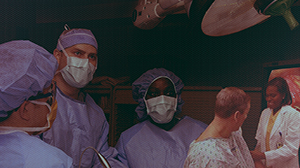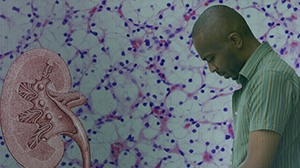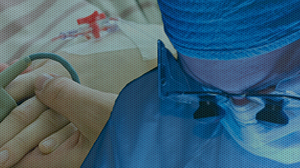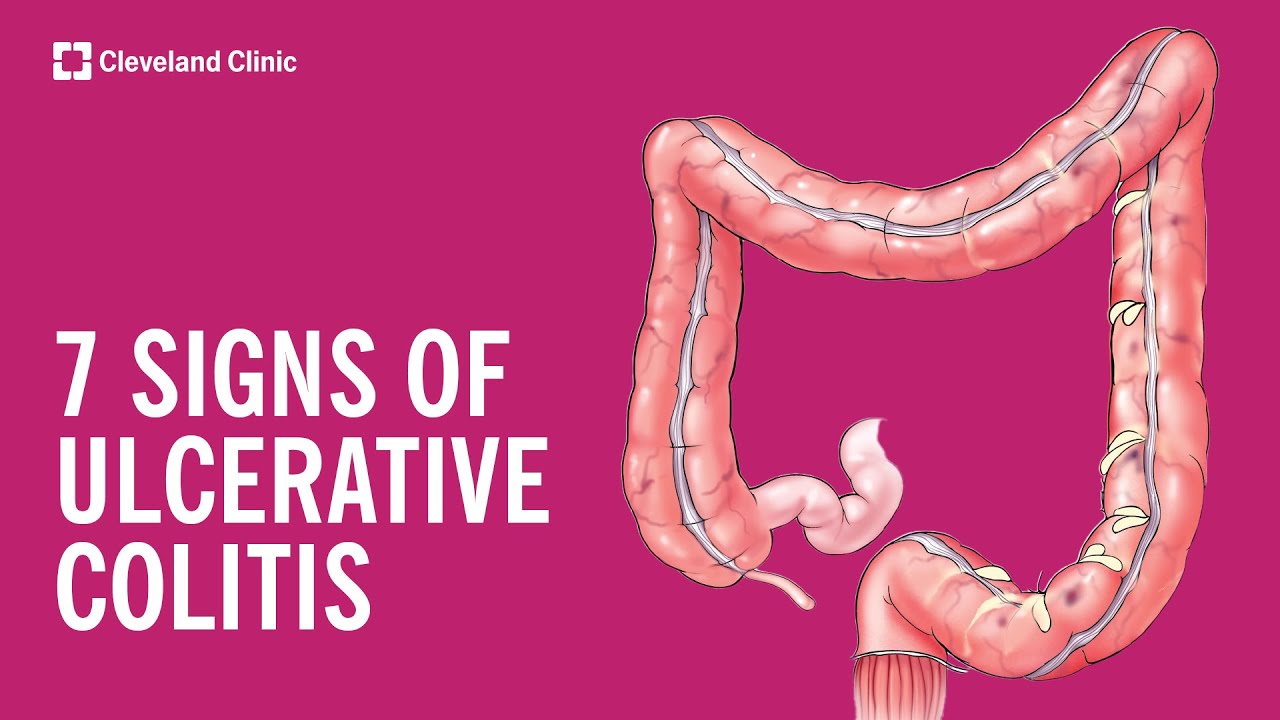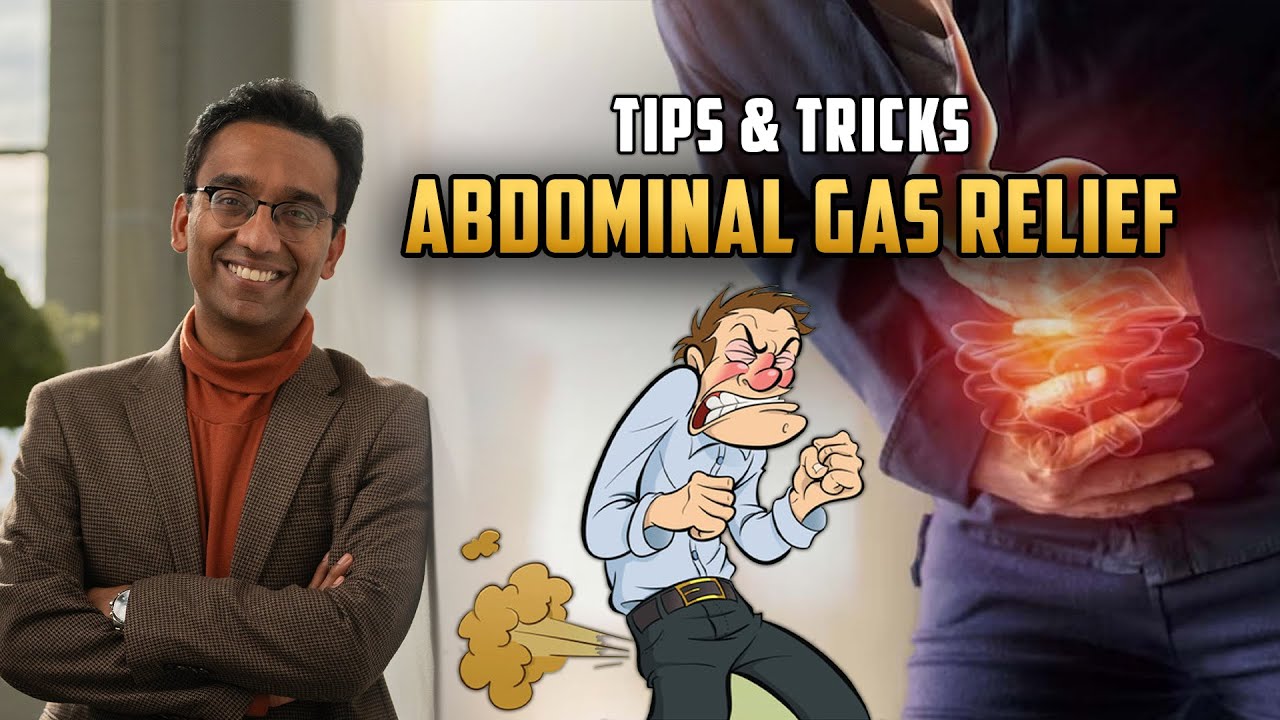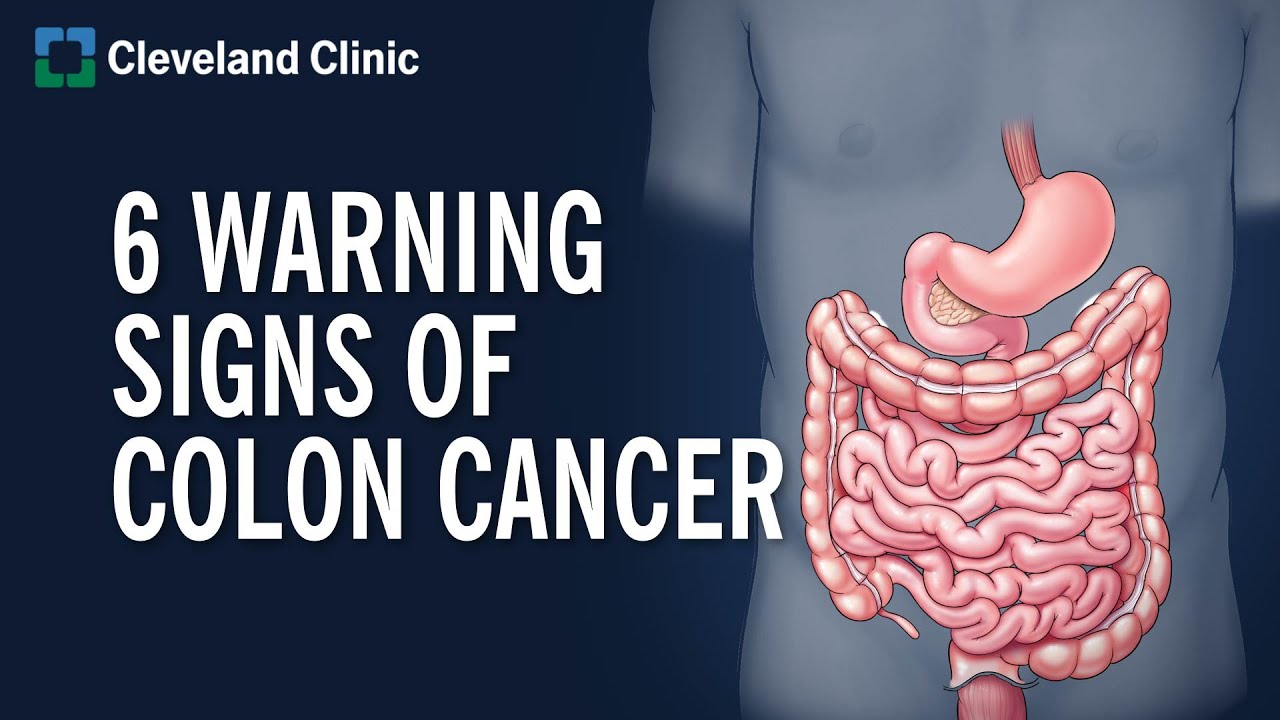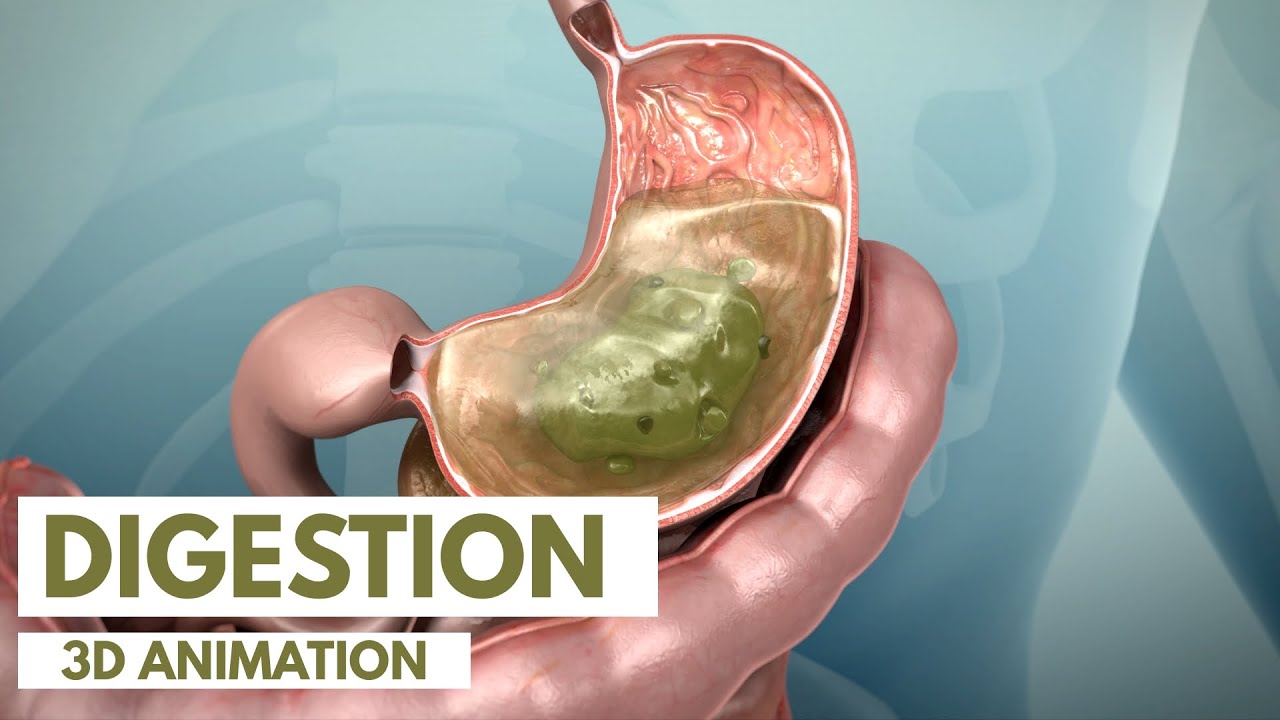NEW YORK (Reuters Health) – In patients with large proximal ureteral stones, laparoscopic ureterolithotomy (LAP) is associated with higher success rates and fewer treatment sessions than extracorporeal shock wave lithotripsy (SWL) or ureterolithotripsy using a semirigid endoscope (URS), a study suggests.
LAP, however, is associated with more postoperative pain, and longer procedure time and hospital stay.
These are the findings of what is believed to be the first prospective randomized study comparing SWL, URS and LAP for large proximal ureteral stones. The study is In Press in the Journal of Urology, scheduled to appear in the January 2012 issue.
“It is our opinion that ureteroscopy is the best option for most of these patients,” Dr. Fernando Korkes, urologist from Hospital Israelita Albert Einstein and ABC Medical School in São Paulo, Brazil, who participated in the study, noted in an email to Reuters Health. “If laser and flexible ureteroscopes can be (used), the success rates can become higher and maybe similar to those obtained with laparoscopy.”
Treating patients with large impacted proximal ureteral stones remains “challenging,” Dr. Korkes said. These patients often require multiple procedures and the best treatment modality is controversial. “The aim of treatment is to get rids of all stones as soon, as safety and as minimally invasively as possible,” the authors note in their report.
“Endoscopic treatment has become the first choice of treatment for ureteral stones in most settings. However, it depends on equipment and technologic devices. Whether the ureteroscope is longer or shorter, thinner or thicker, semirigid or flexible, the energy source is pneumatic or laser, these factors play a very important role in surgical outcomes,” Dr. Korkes noted.
The current study involved 45 patients with stones greater than 1 centimeter who were treated at their institution between 2008 and 2010. Fourteen were treated with SWL, 16 with URS and 15 with LAP.
Patients had stones impacted for a long period (9 months on average) due to a long delay for patient access to treatment, which can lower success rates, the investigators note, and Dr. Korkes added that in the study, “only semirigid ureteroscope and ballistic lithotripter were available.”
“In this subset of patients, in whom endoscopic procedures were performed with limited conditions, success rates were directly related to the invasiveness of the procedure,” Dr. Korkes told Reuters Health.
For SWL, the least invasive procedure, success was obtained in only 35.7% of cases. URS, which is also a minimally invasive procedure, was associated with a “more acceptable” success rate of 62.5%. The success rate of LAP, which can still be considered a minimally invasive procedure, was 93.3%.
In addition to higher success rates, patients treated with LAP needed fewer treatment sessions than those treated with URS or SWL (mean 1.9 vs 2.2 and 2.9; P = 0.027). The number of procedures required to achieve stone-free status ranged from one to five in the SWL group, one to four in the URS group and one to two in the LAP group.
However, compared to URS and SWL, LAP took significantly longer to perform (P < 0.001), required a longer hospital stay P < 0.001), caused more post-treatment pain according to visual scale (P = 0.04) and required more opioids to treat the pain (P = 0.005).
There were no major or long-term complications in the three groups. And even though patients who had URS and LAP had significantly more voiding symptoms than those who had SWL, patient satisfaction rates were “high and similar” for all three approaches (78% to 100%), the investigators say.
LAP “remains a salvage, second line procedure and it seems more advantageous than open ureterolithotomy,” the clinicians write in their paper. LAP “remains a good treatment option” at less well equipped facilities, where URS or SWL is not available, they say. LAP can also be considered a “safe and good treatment option” at centers where office consultations and surgical procedures have long waiting periods, they conclude.
Specifically, Dr. Korkes said laparoscopy is a good alternative “in cases of failure of previous treatments; when requirement of multiple procedures can become a problem (e.g., patients have to travel long distances to be treated, difficult access urologic treatment); or when conditions for ureteroscopic treatment are limited.”
J Urol 2012;187:164-168.

